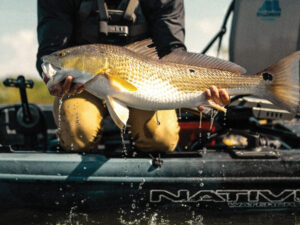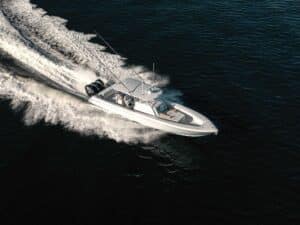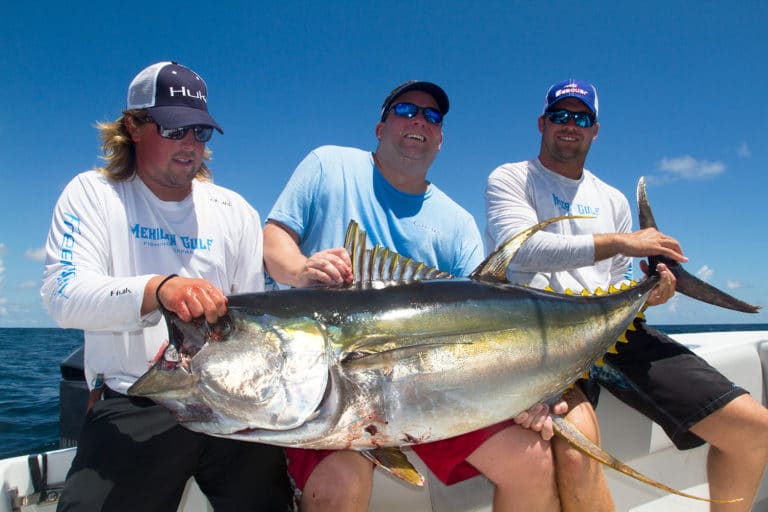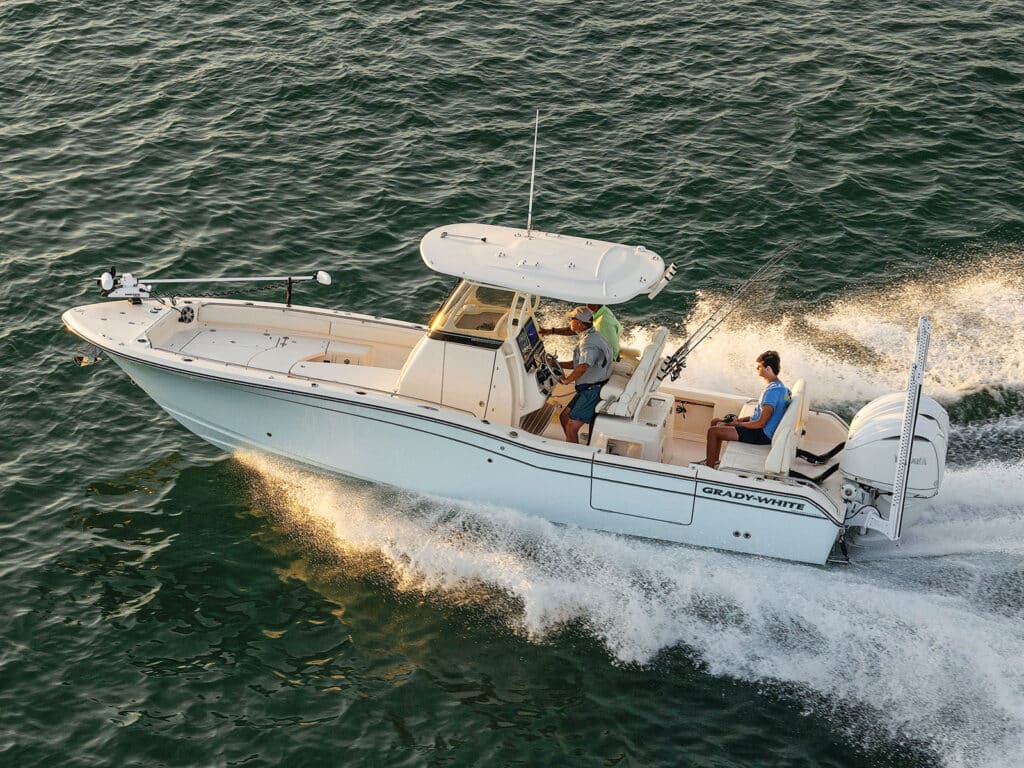
What’s good fuel economy for a fishing boat? That’s a loaded question, because just what constitutes “good” is open to debate. If you’re talking about a 65-foot sportfish that weighs 100,000 pounds and blasts across the ocean at 30 knots with 4,000 diesel horses churning in the engine room, a third of a mile to the gallon isn’t bad. At the opposite end of the spectrum, a jon boat with a 15 hp four-stroke outboard and a light load can top 10 mpg. Or you could go even farther afield and note that there are plenty of kayaks that qualify as fishing boats and make three or four mph while burning only calories.
Comparison Standards
When judging a boat’s fuel economy, the best way to go about it is to compare boats of the same size. This is no easy feat. Boats aren’t standardized. For example, if two models have an identical length, they may well have different beams, and different horsepower with different brand engines. Then, there are environmental factors to consider. Was a boat’s fuel efficiency measured on flat calm waters, choppy seas, or in a maelstrom? How strong a current was running, and was the boat going with, against, or across it? The difference in that very same boat’s fuel economy can vary dramatically from one day to the next.
Usage Factors
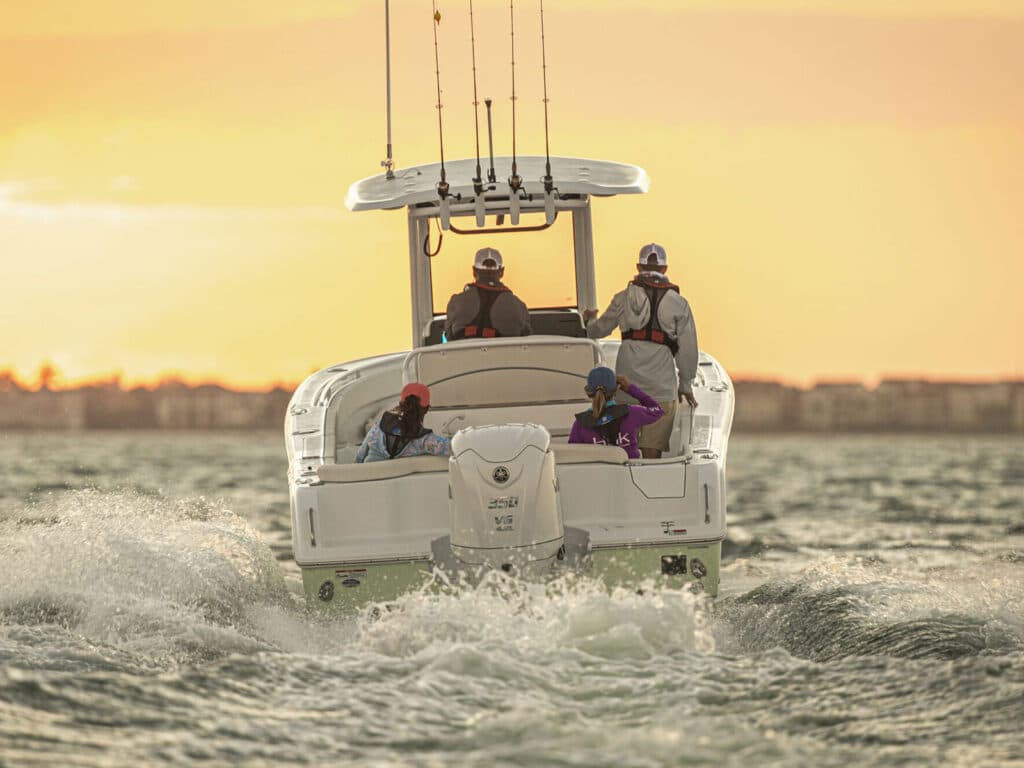
Now let’s talk about just what all these boats are doing. Efficiency at idle is very different from efficiency at cruise, which is yet again different from efficiency at wide-open throttle. Some boats offer great economy while going slow, but poor economy while going fast. Others are the diametric opposite. So, where in the rpm range and speed band do you plan to compare them? This depends on how you use and run your boat the bulk of the time.
Considering all these factors, it’s clear that we have to recognize from the outset that assessing a boat’s fuel efficiency is often comparing apples to oranges with a few bananas and maybe a plum or two in the mix. Still, we can look at a broad swath of boats and make a few basic assertions.
Category Examples
A comparison of five 18-foot center consoles rigged with 115 hp outboards and running at approximately 30 mph is illuminating. At the top of the cruising efficiency range, one gets 5.7 mpg, and at the bottom, another gets 4.2 mpg. The average for all of these rigs is 5.0 mpg. However, is that gas-hog getting 0.8 mpg below average? Not necessarily, because it also has the most efficient slow pace, getting 8.8 mpg at around five mph while the other boats averaged 7.7 mpg. So, which of those boats gets good fuel economy? Well, are you cruising or are you trolling?
Now let’s jump up the scale to 25-footers running at 30 mph on a single 300 hp outboard. The range tightens, with the best economy checking in at 3.5 mpg and the lowest at 3.0; the average sits at 3.2. Once again, for whatever reason the boat with the lowest cruising mpg scores the highest slow speed efficiency, but by a much lower margin (4.6 mpg versus an average of 4.5).
Running With the Big Dogs
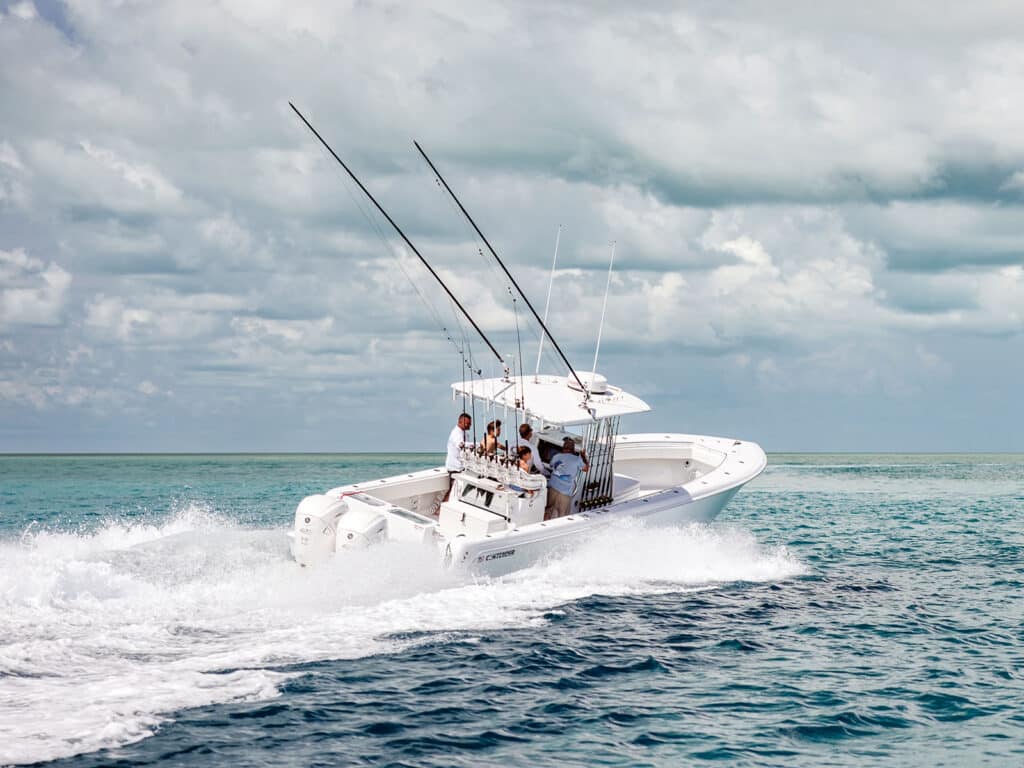
Up we go again, this time to 30-foot twin-engine rigs with pairs of 300 hp outboards. The spread shrinks even more at 30 mph, from 1.5 to 1.8 mpg with a 1.7 average. Idling along at trolling speed, fuel economy is no more than 0.3 mpg apart. And at wide-open, no more than 0.2 mpg apart.
So, what can we tell from these results? The bigger the boat gets, the less of a difference you’ll see in fuel economy between different rigs. If you’re shopping for an 18-footer, fuel economy is worth some consideration, but if you’re shopping for a 30-plus footer, less so.
Notable Exceptions
Except that there are exceptions. What happens when we introduce a multi-hull boat (aka power cat) into the mix of 30-footers? The cat ekes out a win over the top V-hull, with 1.9 mpg. What about throwing in a twin-stepped hull into the mix? Best efficiency at 30 mph jumps up to 2.1 mpg.
Of course, power cats and stepped hulls have their own quirks and peculiarities. Remember: apples, oranges, bananas, and plums. When it comes to fishing boats, it’s pretty darn tough to determine exactly what “good fuel economy” means. Which brings us back to those fishing kayaks. Because considering how poor the fuel economy of boats in general can be, we’re thinking you just can’t beat five miles to the turkey-and-cheese sandwich.

